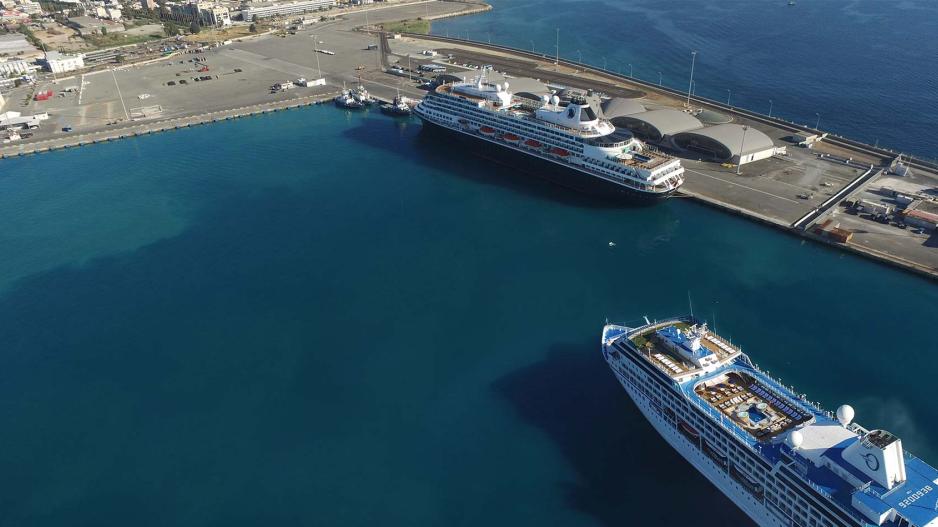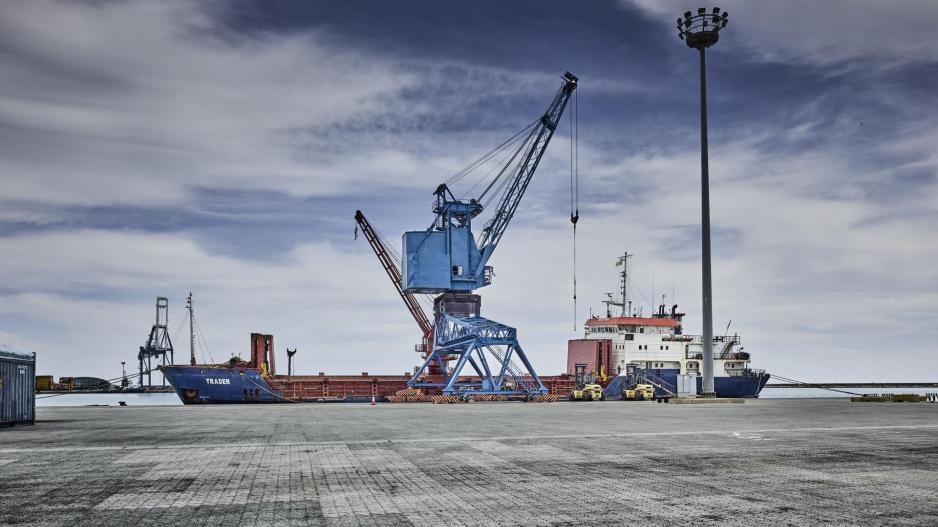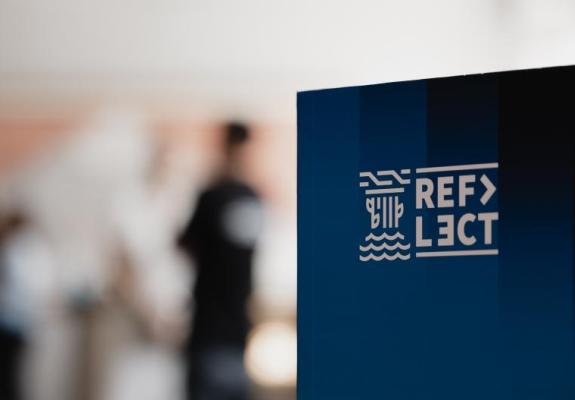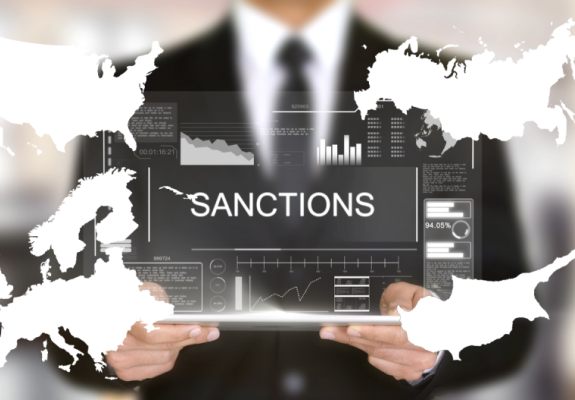The Financial Impact of the 2017 Limassol Port Deal: How State Revenues Fluctuated
Six Key Factors Were Considered When the Agreement, Including the Cap on Larnaca Port, Was Made
Recent developments regarding Larnaca Port, following the cancellation of the agreement with Kition, have brought back into focus the 2017 deal between the state and DP World, the operator of Limassol Port.
The issue is neither secret nor unknown, as it has been discussed in Parliament, particularly during the approval of the Cyprus Port Authority's budget. This budget included approximately €6.4 million in compensation the state had to pay DP World due to the trade volume at Larnaca Port.
>>Larnaca Port Agreement Cancellation Incurs Unexpected Costs for Cyprus Ports Authority<<
Brief conducted an investigation into the agreement to determine whether the deal overall reduced or increased the state's revenue, and whether the compensation paid to DP World ultimately served the public interest.
To clarify, in 2015, the state launched a tender for the management of Limassol Port, with the contract awarded and signed in 2016. Upon signing the agreement, the state received an advance payment of €10 million, with DP World taking over the management of Limassol Port in 2017.
According to the data presented below, it appears that the agreement with DP World did not harm the state. The state’s revenue reached approximately €360 million, whereas, if the port had remained under state control, the revenue would have been limited to around €150 million.
In total, the state paid the port operator €11 million in compensation while earning €360 million—about €190 million more than it would have earned if the port remained under state management.
It is also important to note that if Limassol Port had remained under state control, the revenue would likely have been less than the estimated €150 million, as investments and equipment upgrades would have been necessary.

-
2016: €10 million (advance payment upon signing the agreement)
-
2017: €37.9 million
-
2018: €46.5 million
-
2019: €54.6 million
-
2020: €50 million
-
2021: €49.6 million
-
2022: €55.5 million
-
2023: €60 million
Regarding the cap agreement for Larnaca Port, it is not fixed at 900,000 tons but increases in line with GDP growth. It's worth noting that at the time the decision was made, the state's plans for Larnaca Port envisioned primarily tourist, not commercial, use.
Specifically, Brief understands that six key factors were considered when the 2017 Limassol Port agreement, including the cap on Larnaca Port, was made:
-
The cap at Larnaca Port increases with economic growth (GDP) and is not fixed at 900,000 tons.
-
Larnaca Port did not have a container terminal, so it dealt only with general cargo.
-
The cap was imposed to prevent unfair competition from the Cyprus Port Authority, which did not pay any fees to the state for port use. As a result, it could lower tariffs and attract all the cargo from Limassol Port, which was considered unhealthy competition.
-
80% of Larnaca Port's revenue came from gypsum and stone, which are not profitable operations.
-
The previous tender imposed stricter limits, prohibiting trucks from passing through the city to access the port.
-
The rationale was always that Larnaca Port's primary use would be for tourism.






